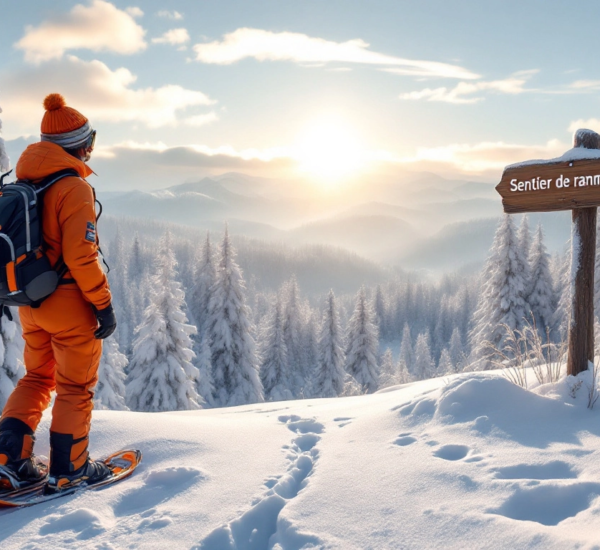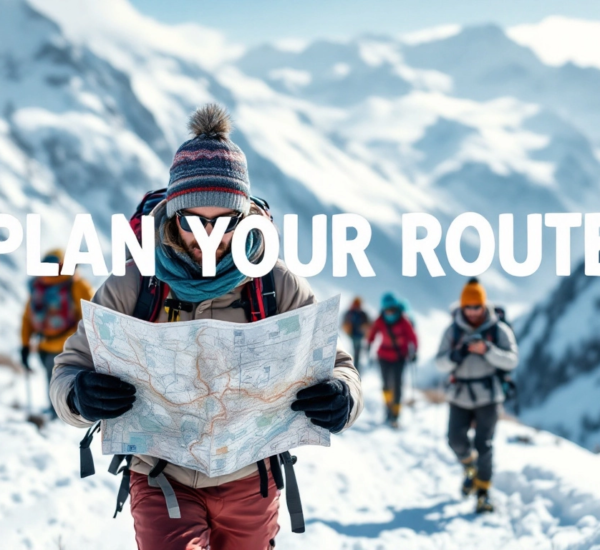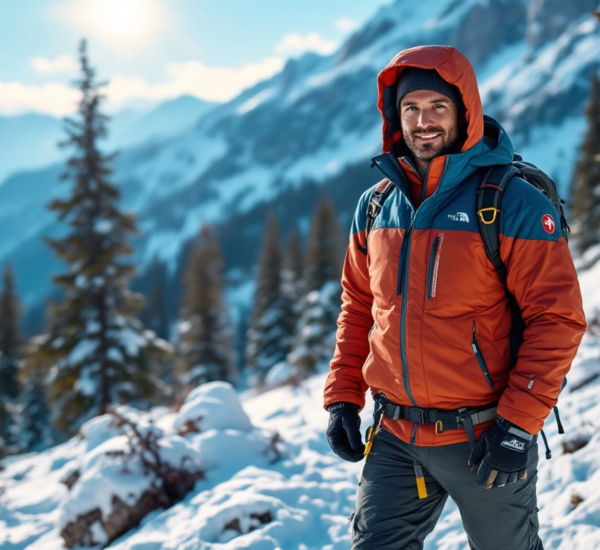Embarking on a solo hiking adventure can be exhilarating, offering a unique sense of freedom and connection with nature. However, safety should always be your top priority. This guide lays out essential precautions you need to take for a safe and rewarding solo hike.
Table of Contents
- Pre-Hike Preparation
- Safety Tips on the Trail
- Essential Gear Checklist
- Emergency Planning
- Conclusion
- FAQ
Pre-Hike Preparation
Preparing for a solo hike starts long before you hit the trail. Here are some key steps you should take:
Research Your Trail
Understanding the terrain, difficulty level, and distance of the trail is critical. Check weather forecasts and trail conditions through trusted websites like the AllTrails or local park services.
Inform Someone of Your Plans
Always let a friend or family member know your hiking route, expected return time, and any alternate plans. This precaution is vital in case of emergencies.
Safety Tips on the Trail
Stay on Marked Trails
Staying on designated trails reduces the risk of getting lost or encountering hazardous areas. Trails are marked for a reason!
Trust Your Instincts
If something feels off, trust your gut. Whether it’s a change in weather or an unfamiliar noise, it’s better to be safe than sorry.
Essential Gear Checklist
Having the right equipment can make a world of difference in ensuring your safety and comfort. Here’s what you should bring:
- Navigation tools: Map, compass, GPS device
- First-aid kit
- Emergency shelter: Space blanket or bivvy bag
- Multipurpose tool or knife
- Portable charger for electronics
Emergency Planning
Being prepared for emergencies can mean the difference between a minor inconvenience and serious trouble:
Learn Basic Survival Skills
Skills such as making a fire, purifying water, and basic first aid are invaluable. Consider taking a wilderness survival course for comprehensive training.
Understand Local Wildlife
Research the local fauna and how to behave around wildlife. For instance, knowing how to bear-safe your campsite can save you a lot of trouble.
Conclusion
Solo hiking offers a liberating experience, but it comes with responsibilities and risks. By thoroughly preparing, respecting nature, and keeping safety as a priority, you can enjoy a fulfilling and secure adventure. Don’t wait; plan your next hike with these tips in mind, and explore responsibly!
FAQ
What should I do if I get lost?
Stay calm and try to retrace your steps. Use your map or GPS to find your way. If necessary, stay put and wait for help, signaling your location with a whistle or mirror.
How can I improve my navigation skills?
Practicing with a map and compass, joining a local hiking club, or taking a navigation course can enhance your skills.
Are solo hikes risky for beginners?
With proper planning and caution, beginners can enjoy solo hikes. Start with easy, well-marked trails and gradually build up your confidence and experience.
[ad_2]



